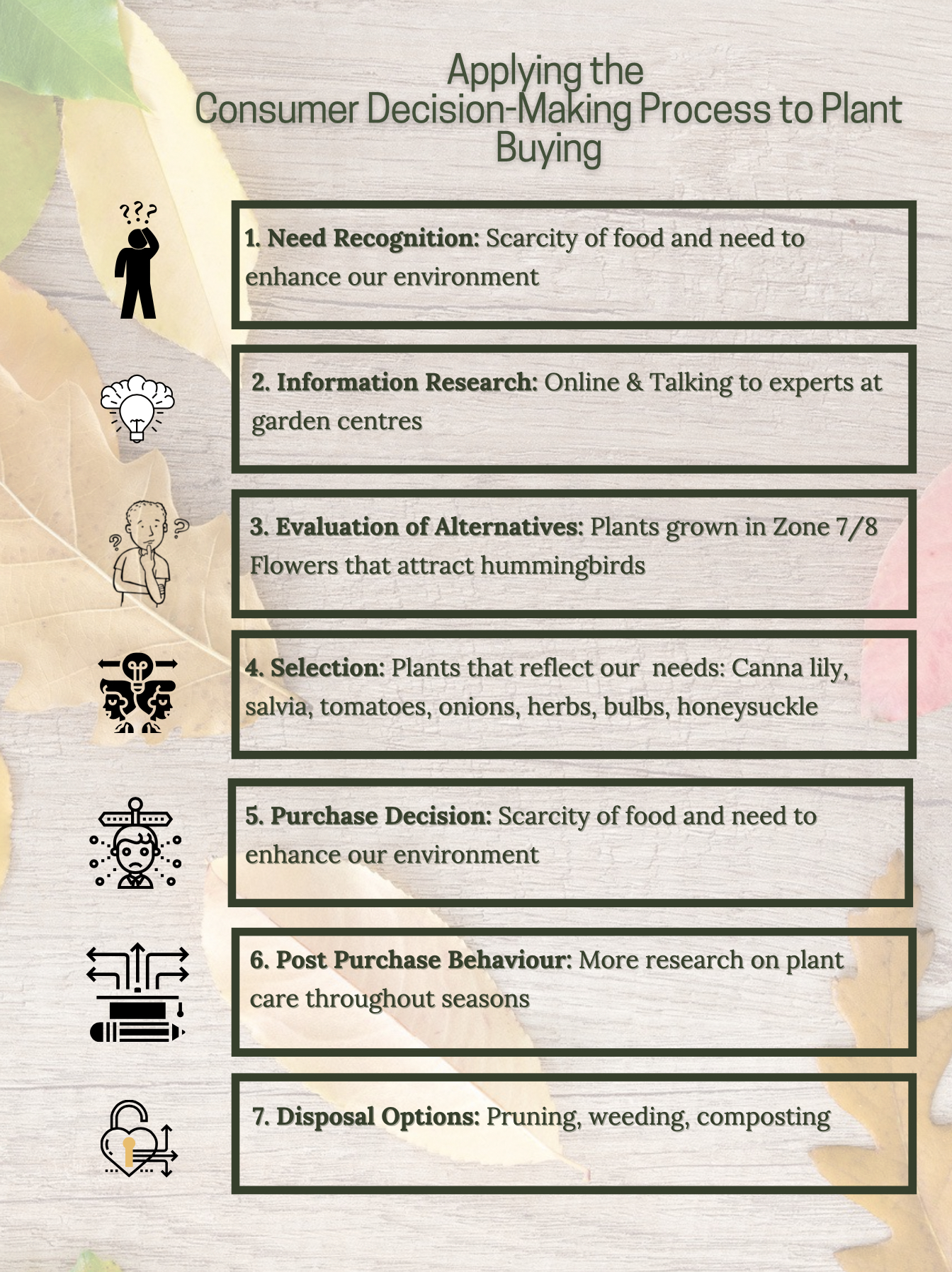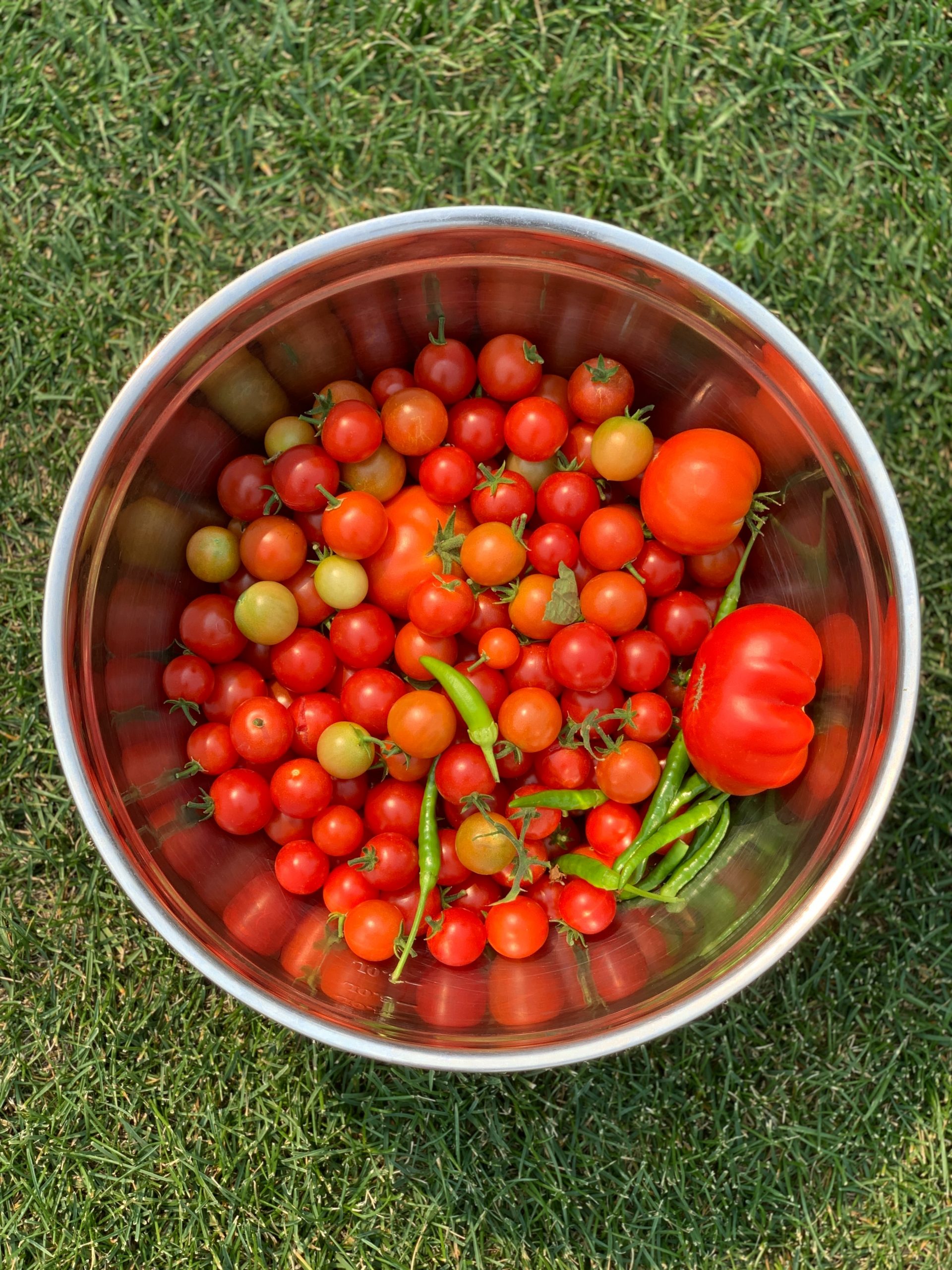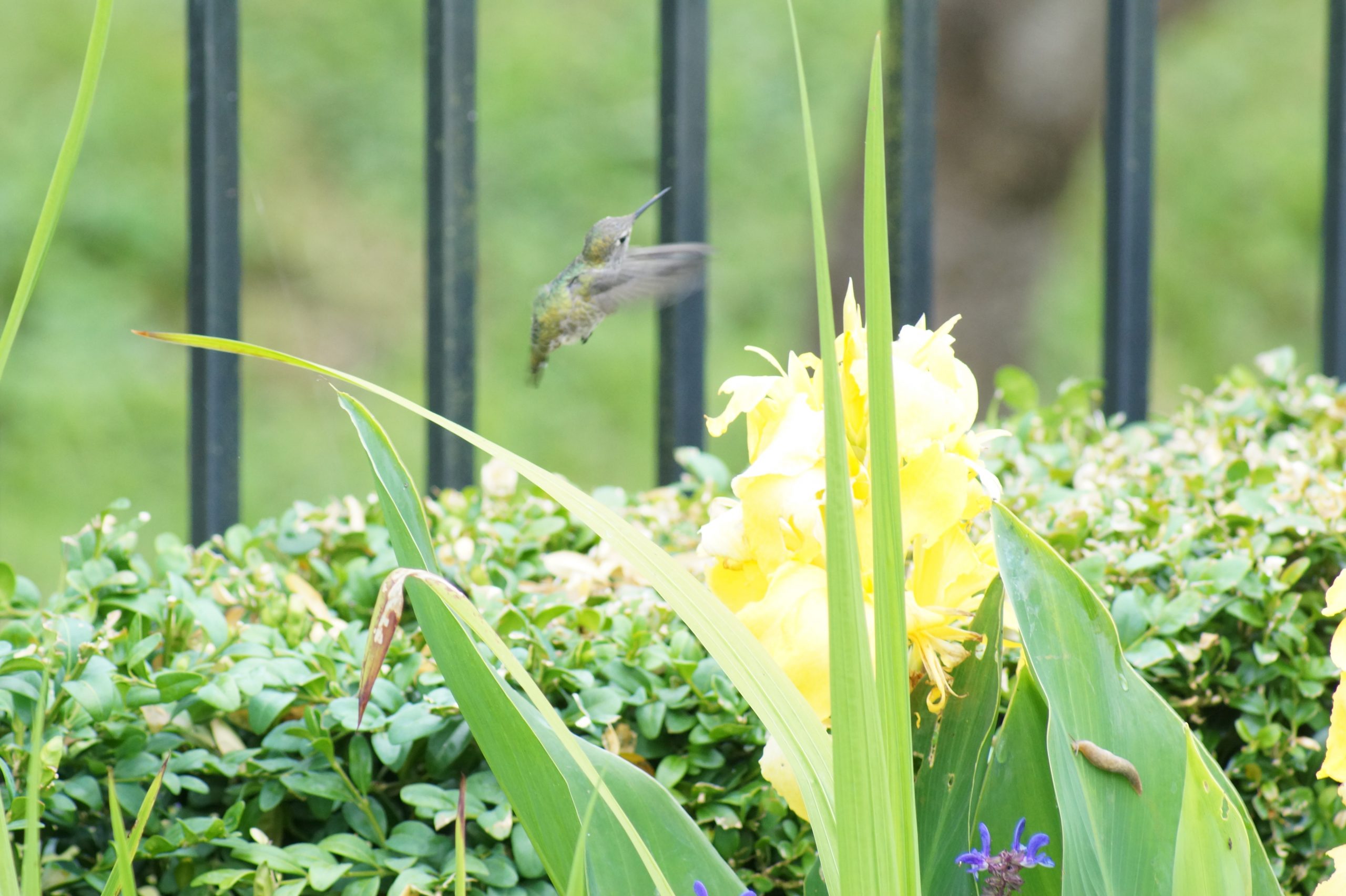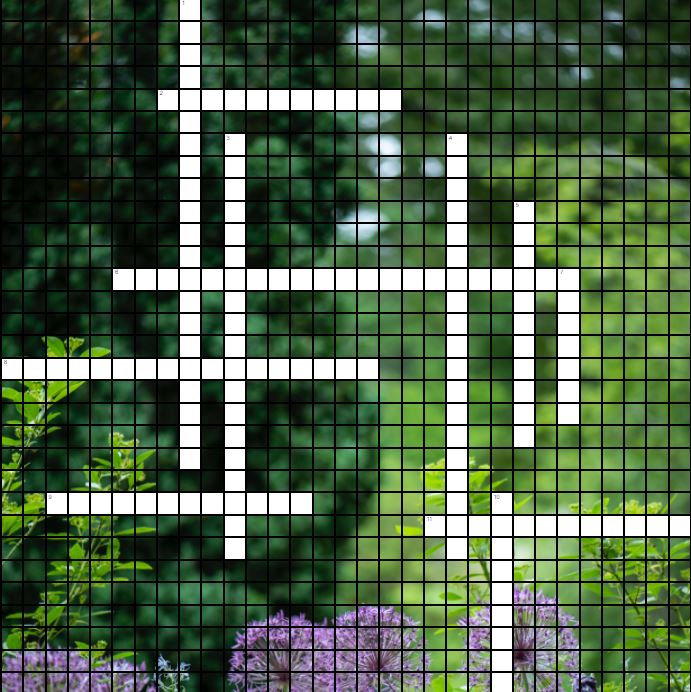Gardening During the Pandemic
In March 2020, the COVID-19 pandemic led more than half of Canadians to grow at least one fruit or vegetable at home due to disruptions in food accessibility (Brehaut, 2020). There was a rush at garden centres for seeds and saplings of all varieties; for some, this was due to the threat of food security, for others it was to broaden their interests, get some exercise, and learn something new.
The Canadian government closed Canada’s borders to reduce the spread of the virus and many limits were instituted by health authorities. Not yet noticed by me there was an aura of panic beginning to emerge within the populous. My ever-vigilant brother called me from Pennsylvania with some startling news. He informed me that people all around the world were beginning to “panic buy” from stores causing food to fly off the shelves. That’s how I found myself standing in a line up outside of Costco longer than the ones you would find at Disneyland! (And trust me, I would know having waited in those lines with my children more than once.)
This is my story about how gardening became a way for me to cope with the present, reconnect with my past, and imagine a new future.
As I wove through the aisles in Costco, my anxiety began to overflow, a sharp contrast to the emptying shelves. However, as I drove back home with groceries filling the trunk of my car I felt safe once again. My husband met me at the door and together we opened the trunk of the car, silently examining what now felt more like loot. I began to feel the beginnings of post purchase anxiety: how was I to make room for all the extra groceries? The feelings I was experiencing were cognitive dissonance (also known as “buyer’s remorse”) as I had spent more than our monthly budget in the rush.
Together my husband and I managed to wipe down my purchases with Lysol (my new way of keeping COVID-19 out of our home) and store them in our pantry. Looking back, the foresight we had to buy essential items early on in the pandemic was important as stores scrambled to meet the ever-increasing demands from anxious consumers.
As my family and I adjusted to the new world of Zoom and the time we reclaimed from no longer having to commute, we engaged in some important reflection. On a whim one day in early April, I remember pulling out an old photo album and seeing a picture of my home in Nairobi, Kenya (circa, 1993). I was feeling nostalgic, I was longing for my dad’s garden where as kids we picked all kinds of herbs, lettuce, tomatoes, cucumbers, bananas, guavas and potatoes. My dad also had a small greenhouse where he grew seedlings and propagated house plantlets. I was wishing I could experience that garden once again.

That night for contemplation after my evening prayers, I read the Quranic verses that mention plants, trees and fruits. I even found a garden sculpture themed contemplation.
I circumvented this frustration by prevention orientation which is a self-regulatory focus on goals related to safety, responsibility, and security in order to avoid dangers and threats of a food shortage during the pandemic. It triggered a wave of self-sufficiency in me. Thinking back to our garden growing up in Kenya, I coaxed my husband (who had never lifted a shovel) to help me grow some of our own food in our backyard. He helped me raise a couple of garden beds to ensure a standby line of food security.
Spring was in the air, and 2020 was the year my husband and I had made the commitment of going on a cruise to celebrate our silver (25th) anniversary, a cultural norm in our society. Celebrating our anniversary was special, it was understood that we must celebrate this big milestone; however, the pandemic changed the course of our decision ship. Instead of heading towards a beautiful Caribbean island, we were in uncharted waters. We re-entered the decision making process and considered alternative ways to make this anniversary special. When he asked me what I wanted for this year, it was a complex decision, one that made me contemplate.
We had just started on our little garden project and I decided I wanted us to make this year memorable through building something together and so I asked for a commitment to grow our garden of flowers and vegetables together. This was a golden opportunity to spend time with each other in the garden. We were both looking to calm ourselves through the uncertain times and felt drawn to gardening. We researched about gardening and talked to garden experts at our local gardening centres. We spent time evaluating plants that would work well together while also selecting flowers that would attract hummingbirds, as there was a hummingbird nest in our neighbour’s backyard. We took this opportunity for self-actualization (the tendency to problem solve and be creative in order to develop their innate potential to the fullest possible extent; Niosi, 2021).
Applying the Consumer Decision-Making Process to Plant Buying


We planted and watched each plant make its debut at different times of the year. There were herbs that gave endlessly in the spring and funny shaped carrots, eggplants, peppers, and tomatoes that we harvested in the summer. We reveled at how beautifully our garden bloomed by the summer and I made TikTok videos on the plants and shared it with my family. Then as fall began to shake leaves off trees, we raced to pick hazelnuts from our tree before the squirrels hid them in the ground. Before the pandemic the squirrels had beat us to it, our lives had been in a constant rush to even notice the hazelnuts on our front yard.

We woke up early each day, not to catch the SkyTrain but to catch a glimpse of the hummingbirds. We caught them on our Canon camera as they sipped nectar from our canna lilies, goldflame honeysuckle, and salvia. The ability to grow our own flowers and food created a new understanding of how we saw ourselves: self-concept refers to how one thinks about a group of beliefs, capabilities, ideals, and aims that makeup of our own self schemas (Niosi). Our schemas describe how a maturing and more compound self-concept becomes organized into different categories of the self (Niosi). Everyone in the family began feeling more relaxed watching different varieties of butterflies and bees visit our garden and we soon became confident at growing a variety of plants. I even harvested our lavender to make lavender heat pads to relieve our muscles after all that gardening.
When the ground thawed our crocuses and camellia made their debut. Shortly after they were followed by the daffodils and the tulips. We had learnt so much from the experts at the garden centres and were grateful for their guidance.
It is uncertain if the fluctuation of food supply caused by the COVID-19 pandemic will be with us for a long time: what is certain, however, is that this experience resulted in our family feeling more drawn towards the flavour of homegrown produce. We became more self-sufficient growing our own food. We soon realized that our pizza tasted divine with our home-grown basil, onions, and tomatoes I hope the appreciation of food and gardening continues to influence our interest well into future.
Gardening in quarantine made me value simple living as I just had to add sun, water, and a positive attitude.
By Abida Merali (December, 2021)

Across
2. How you perceive your behaviour and abilities (11 letters)
6. A Step-by-Step [word] can help us make more thoughtful decisions (21)
8. The process by which one reaches their full potential (17)
9. Learned standards and shared expectations that we grow up with (12)
11. Effects created by a business to enhance customer buying experience (12)
Down
1. When individuals are concerned about their security they may behave in this way (21)
3. Mental conflict a consumer experiences when a person’s behaviours and beliefs do not align (19)
4. Customer anxiety after purchase (19)
5. One or more available possibilities (11)
7. Mental shortcuts to help us simplify our interactions with those around us (7)
10. When a person is longing for a past time (9)
Media Attributions
- The photo of bananas on a tree is by Madib zikri on Unsplash.
- The poster of the Consumer Decision-Making Process is created by Abida Merali
- The photo of Homegrown Tomatoes is by Abida Merali on Unsplash.
- The photo of the Hummingbird is by Abida Merali on Unsplash.
- The photo of the crossword background is by Erda Estremera on Unsplash.
Text Attributions
Brehaut, L. (2020, October 7). Pandemic gardening: More than half of Canadians were growing their own food at home this year, study shows. national post. Retrieved November 26, 2021, from https://nationalpost.com/news/canada/pandemic-gardening-one-in-five-canadians-growing-their-own-food-at-home-study-shows
Julia Kelly February 01, 2021. (2021, February 21). Why your pandemic garden wasn’t just a panic hobby. Better Homes & Gardens. Retrieved November 24, 2021, from https://www.bhg.com/gardening/gardening-trends/coronavirus-pandemic-garden/
Niosi, A. (2021). Introduction to Consumer Behaviour. Licensed under CC-BY-NC-SA 4.0.
when one's actions and beliefs conflict with one another.
a self-regulatory focus on goals related to safety, responsibility, and security in order to avoid dangers.
the tendency to problem solve and be creative in order to develop their innate potential to the fullest possible extent.
a situational factor/influence on consumer decision making. It is the sum total of all physical aspects in a retail environment that the retailer controls and should monitor to create a pleasing shopping experience for customers.
how one thinks about a group of beliefs, capabilities, ideals, and aims that makeup of our own self schemas.
describe how a maturing and more compound self-concept becomes organized into different categories of the self.

